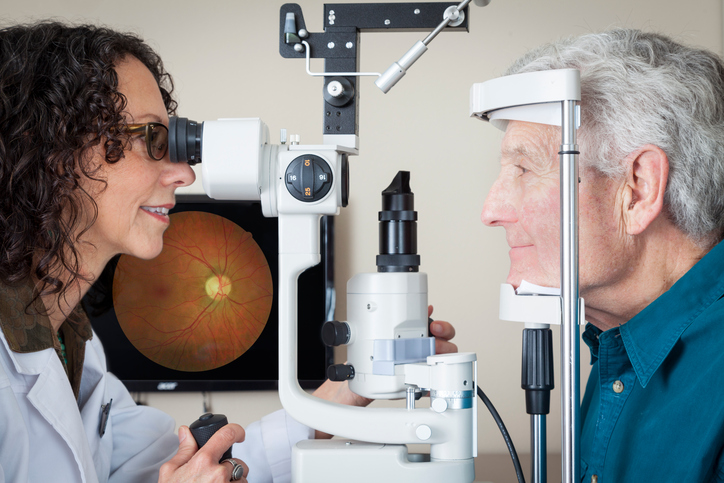A Beginner’s Guide to Cataracts
by Karen Rollins May 20, 2019

Most of us will experience problems with different parts of our body as we get older and our eyes are no exception.
One of the most common eye complaints in people over 40 is cataracts, in fact this condition is the principal cause of blindness in the world.
In America, cataracts affect more than 22 million people aged 40 and older and around the world, as the population lives longer, there are likely to be more and more people living with this condition.
So, what is a cataract and how is it treated? Yello has put together this beginner’s guide to answer those questions and more.
What are cataracts?
A cataract is a clouding of the eye’s natural lens, which lies behind the iris and the pupil. It can occur in one or both eyes.
There are different types of cataracts and they include:
*A subcapsular cataract which occurs at the back of the lens and usually occurs in people with diabetes or those taking high doses of steroid medications.
*A nuclear cataract forms deep in the nucleus of the lens and is usually associated with aging.
*A cortical cataract is characterised by white, wedge-like opacities that start in the periphery of the lens and work their way to the centre in a spoke-like fashion.
What are the signs / symptoms of cataracts?
A cataract starts out small and does not initially affect your vision to any significant extent.
Some people notice a slight blur, like they are looking through a cloudy piece of glass. A cataract may also make light from the sun or a lamp seem too bright and when you drive at night make headlights more glaring. Colours may not appear as bright as they used to.
The type of cataract you have will determine the symptoms you go through and how soon they occur.
If you think you have a cataract you should book an eye appointment as soon as possible.
What causes cataracts?
Experts do not know why the lens in our eyes changes as we get older, but several factors are believed to play a role in causing cataracts or are associated with cataract development.
Cataract risk factors, other than age, include:
*Ultraviolet radiation from sunlight and other sources
*Obesity
*Smoking
*Diabetes
*Hypertension
*Family history
Can cataracts be prevented?
There are conflicting views on whether cataracts can be prevented but studies have shown that higher dietary intakes of vitamin E and the carotenoids lutein and zeaxanthin significantly decrease the risk of developing cataracts.
Sunflower seeds, almonds and spinach are a good source of vitamin E and lutein and zeaxanthin can be found in spinach, kale and other green, leafy vegetables which are always a good addition to your diet.
How are cataracts treated?
If you start to notice signs of a cataract you may be able to improve your vision for a while using new glasses or other visual aids.
When the cataracts have progressed enough to seriously impair your vision and affect your daily life you should consider surgery which is a simple and relatively painless procedure.
Cataract surgery is the most frequently performed surgery in the US and about nine out of 10 people say their vision was significantly improved after the procedure.
Some side effects from the surgery may include:
*grittiness
*watering
*blurred vision
*double vision
*red or bloodshot eye
These symptoms can last for four-six weeks after the operation.
In some cases, people have also experienced floaters (small spots, specks, flecks), flashes of light, or ongoing discomfort after having the cataract removed.
If you have any concerns or questions you should immediately contact your ophthalmologist or doctor.
Sources: All about vision / NHS UK / Royal National Institute for the Blind








